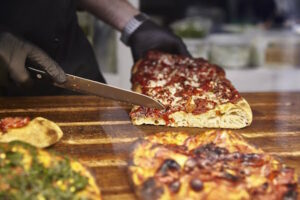Last Updated on November 22, 2025 by Emma Fajcz | Published: December 12, 2019
Food has always been a celebration of happiness for me.
The moments of joy in my life have always seen me with happy additional inches around my waist. Sadness or loss take away my appetite, and when I was younger, if I came home lean from a trip, my dad would always say, “tell me what’s wrong. Eat this first.”
It feels cliché to say that this is because we’re Italian, but certainly my people are joyful of the connection between food and emotion, and especially of the truth that food binds us. We gather around it, and it colors our memories so that years later, the smell of the cake your aunt used to bring to Christmas dinner every year will always land you back there, little arms wrapped around her waist, the Christmas tree lights reflected in the necklace she always wore.
We mix our food with our traditions: you eat lentils in the wee hours of a new year to bring prosperity and luck, because you may be a rational human—but it doesn’t hurt to give fate a little nudge, does it?
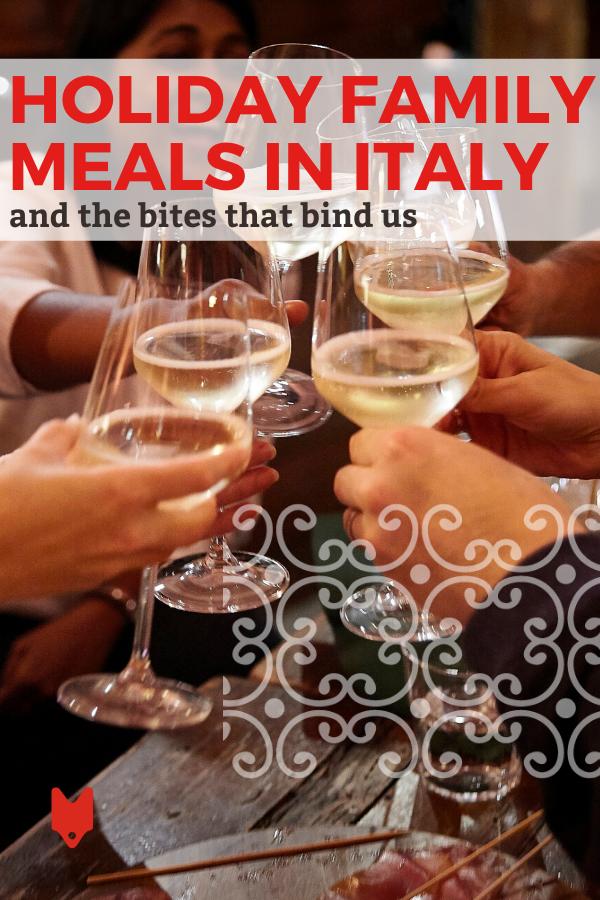
Memories of a Home
I recently sold my father’s home. Years after losing him, I walked through the hallways of a house I was a little girl in, thinking about the winters we used to spend there together. I signed the papers so that someone else could move in, and it was alright, really, because a healthy life moves in one direction (forward). But as I stepped outside the gates, I held back tears (because it’s okay to still love things you have to leave). Federica and her mom, Rossella, our neighbors since our families built the two homes facing each other, walked over, and Rossella put an arm around my shoulders. Remember when you were both little, she said to her daughter, and our families would always come together for Christmas?
It’s true. No matter where we all were in the world, we would gather in San Felice over the holiday season, in the house that lived next to the sea. On Christmas Eve and Christmas Day my father would preside proudly over the extended living room table, which would invariably be laden with a feast.
There is food, he would say, that completes a meal. Not just finishes it, but makes it. He meant the desserts, of course, and when chided for having a second helping of panettone, he would wink over at me and say, “ma la vita va vissuta!” But life is to be lived!
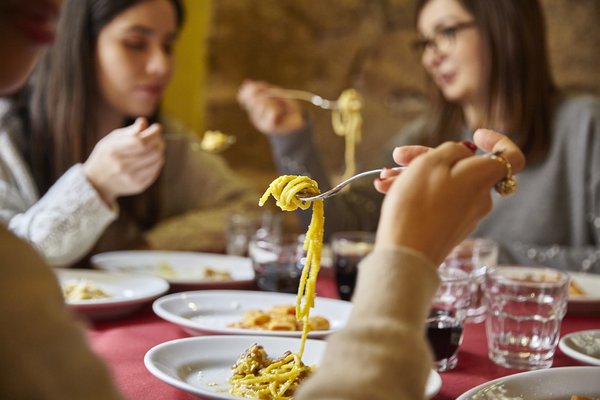
The Sweets No Italian Holiday Meal is Complete Without
An Italian Christmas always involves a series of all-important dishes, but the most important part (I would say “arguably,” but who would argue?) are invariably the sweets at the end of the meal, treats whipped out not just once the main courses are over but which are brought out again and again in the days after, all the way through New Year’s Eve. After this point, everyone panics and the diets start, but in the golden days of the end of December, all (delicious) bets are off.
Of primary importance is the torrone, a block of amazingness that is usually nougat-based and laced with honey but can also be primarily made of chocolate, filled with almonds and other nuts. In any given Italian household during the holiday season you’ll usually find at least three types of torrone to enjoy with your caffè, depending on whether you prefer milk, dark, or white chocolate, or you want to go the nougat route. Everyone has a preference. Do not walk into an Italian household during this time of year without a preference.
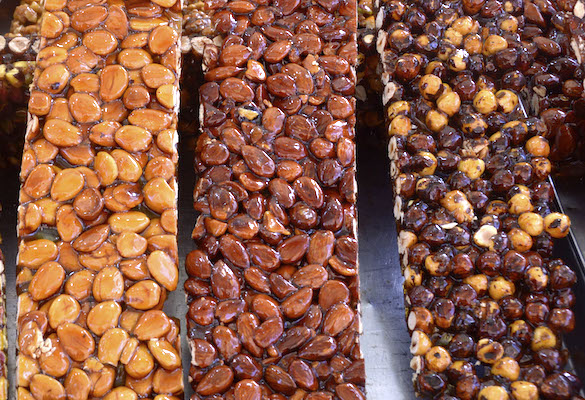
Also not to be dismissed and on every table are pandoro and panettone. Even more than torrone, mostly everyone has a firm preference on which they eat, and they don’t understand why anybody would disagree with them. Both can be considered types of cake, but while pandoro is usually a tall, simple yellow-colored cake with powdered sugar (usually the sugar is separate, and part of the tradition is to pour it over the cake when it’s encased in a bag and shake it all up, in itself an art), panettone is stouter, rounder, and usually filled with raisins and/or candied fruits. New versions of the panettone also have chocolate, but traditionalists stick to candied fruits.
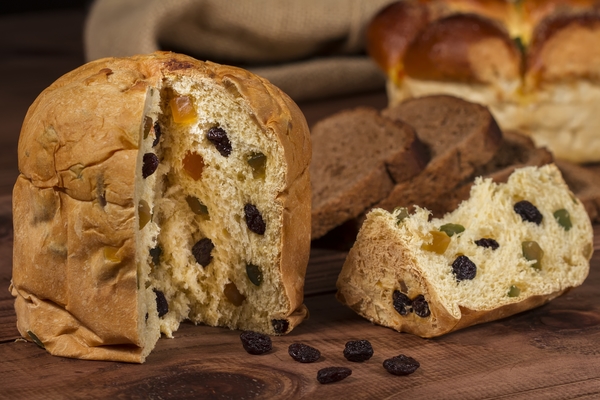
In the Christmas cake family you’ll also find panforte. This round, flat confection has dried fruit and candied peel and nuts but is chewy and has a strong, spiced taste. For many years I looked at the panforte warily from my plate of panettone (no canditi, just raisins), mistrustful of its dark, chewy texture, but boy was I wrong. “Forced” to try it one evening when we were out of all other dolci, I discovered this may be my favorite cake of all, and happily delved into a committed panforte relationship.
Don’t forget the marrons glacés. These candied chestnuts, sharing their Italian origins with France, are pure, sugar-coated divinity, and though you can find them often as toppings on other desserts, I’m a fan of the no-nonsense form of devouring them one by one all on their own.
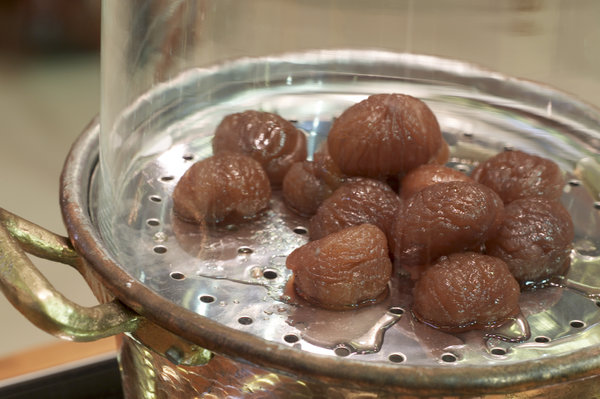
A few weeks ago, we invited Federica and Rossella to our house in Rome to share a meal. We laughed and reminisced and ate way too much amazing food and you will never, ever convince me that life shouldn’t be celebrated with waving hands and laughter in our hearts, a full stomach and a friend to toast to. When we brought out the desserts, Federica lifted her glass of Prosecco, looked at me, grinned, and said, “mangiamo i dolci in onore di tuo papà. Perché la vita va vissuta.” We’ll eat the sweets in honor of your dad. Because life is to be lived.
Whatever you celebrate, whatever you choose to believe in, I hope the coming holiday season is one filled with joy, bursting with love, and garnished with panforte.
Happy holidays, everyone—and buon appetito!

